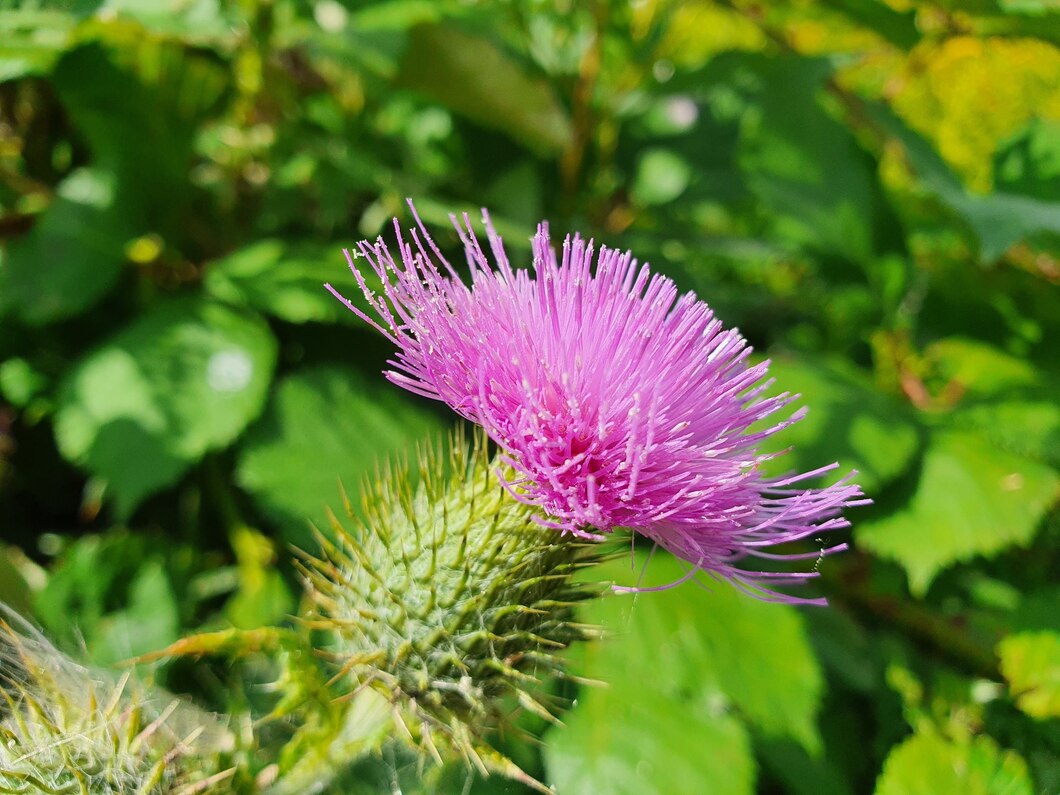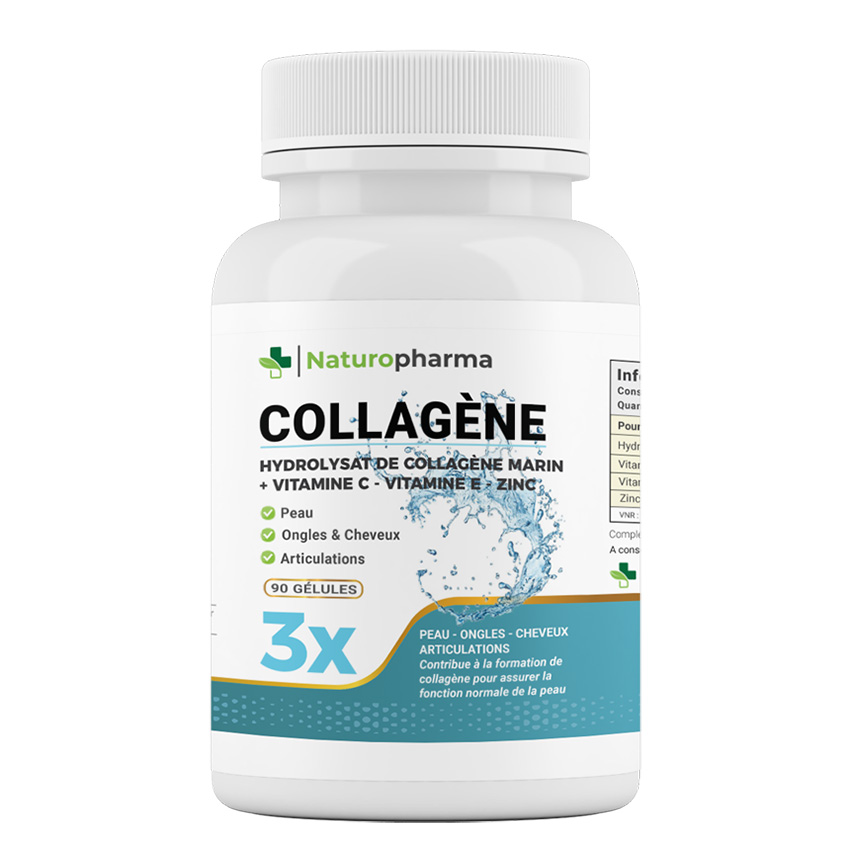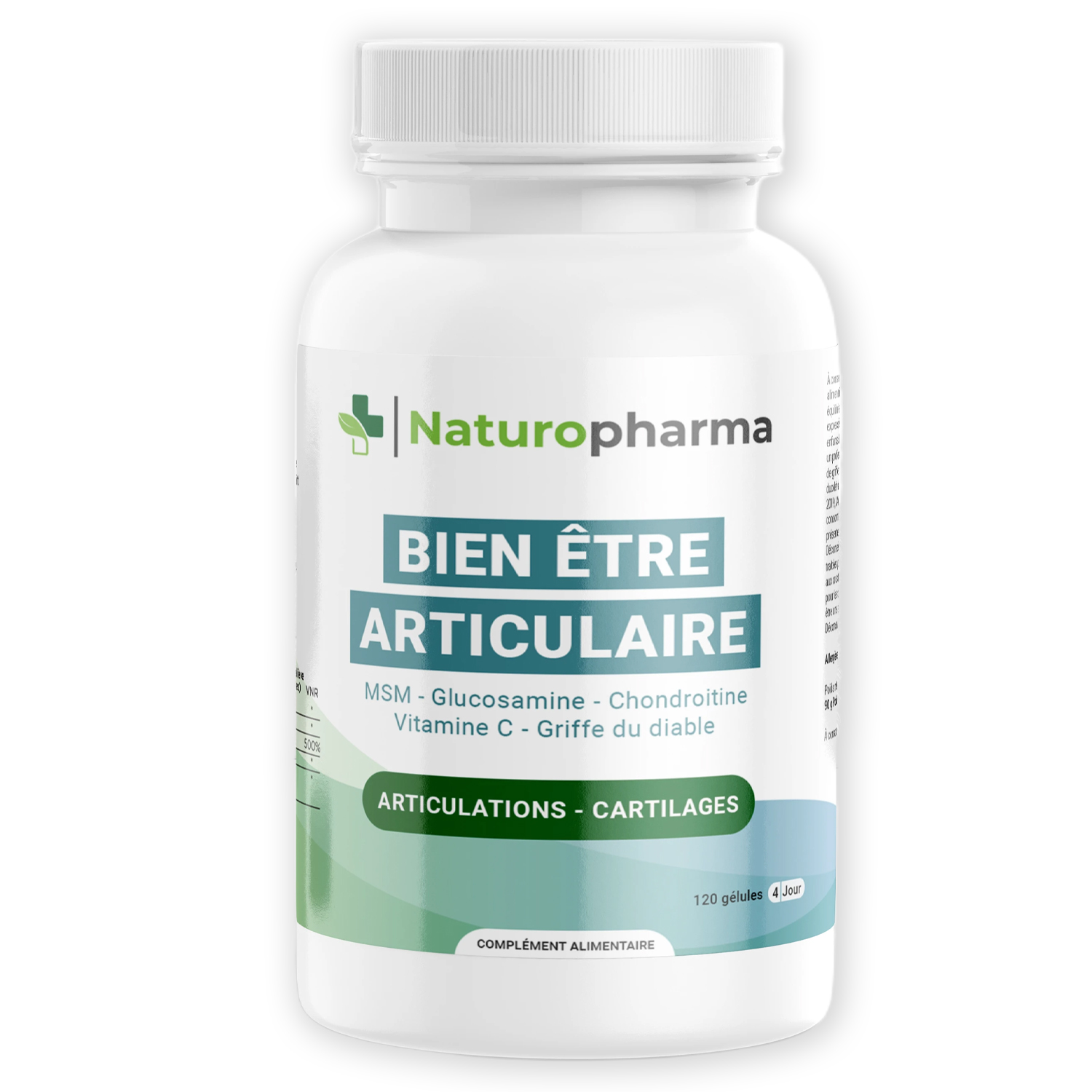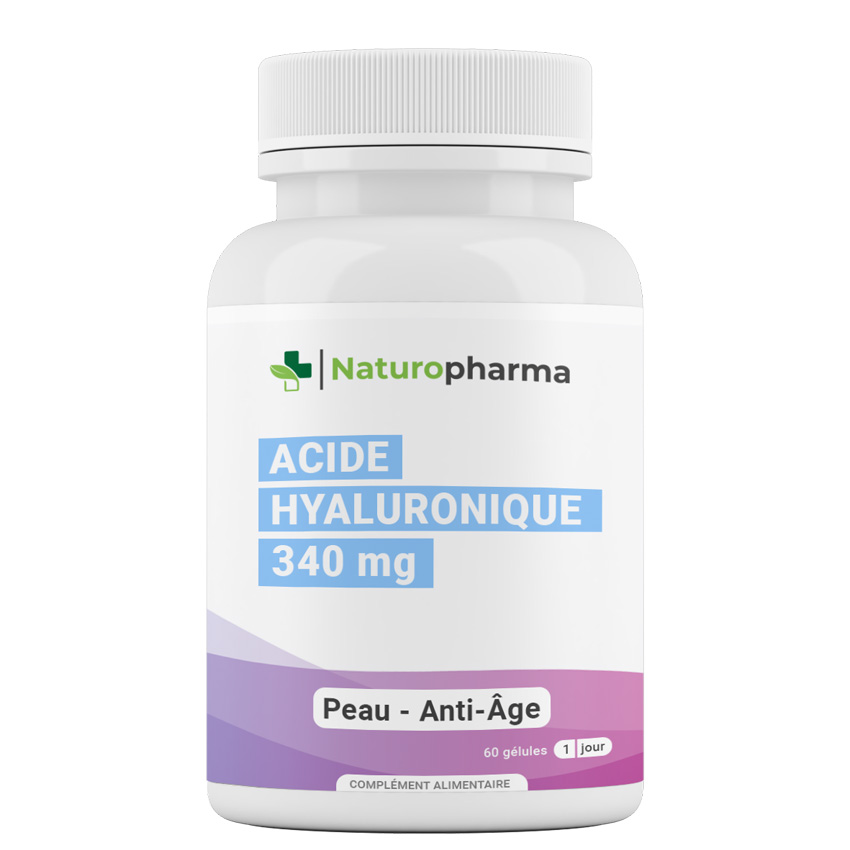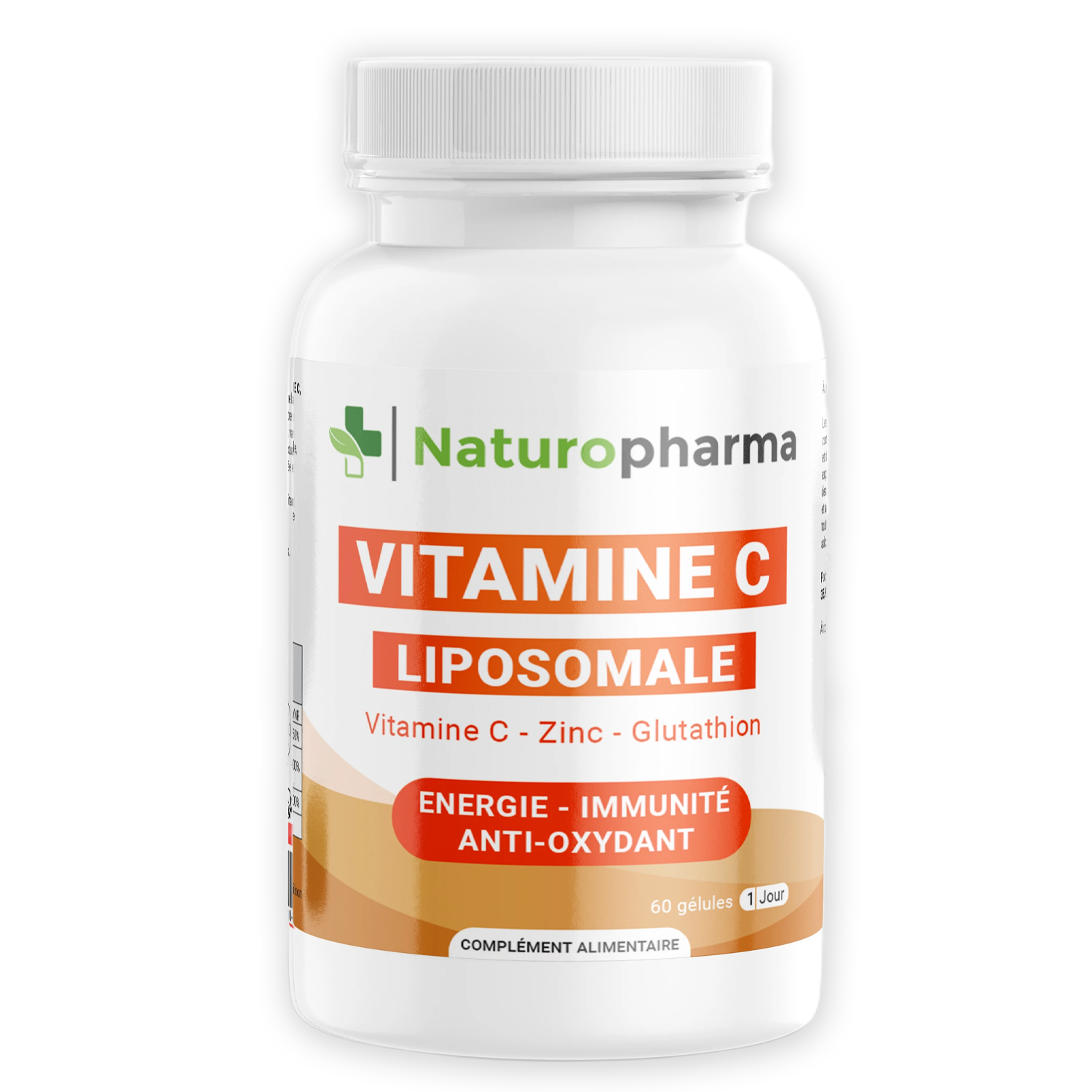1. Presentation of burdock
Burdock (Arctium lappa, Arctium minus) is a medicinal plant belonging to the Asteraceae family. Known since ancient times for its purifying and soothing properties, it is mainly used for skin health, detoxifying the body and supporting the digestive system. Its anti-inflammatory and antimicrobial action makes it a popular natural remedy in phytotherapy.
2. Origin and habitat
Native to Europe and Asia, burdock now grows in temperate regions all over the world. It can be found on roadsides, waste ground and meadows. A biennial plant, it develops a large taproot and broad leaves before flowering in clusters of purple flower heads.
3. Composition and active ingredients
Burdock is rich in bioactive compounds that give it its many virtues:
- Inulin A prebiotic that helps balance the intestinal microbiota.
- Polyphenols Powerful antioxidants that protect cells from oxidative stress.
- Lignanes with anti-inflammatory and antimicrobial properties.
- Alkaloids and tannins : supports digestion and liver detoxification.
- Phenolic acids With purifying and purifying effects.
4. Benefits and properties
Skin purification and health
- Helps treat skin imperfections (acne, eczema, psoriasis) thanks to its antibacterial and anti-inflammatory properties.
- Helps eliminate toxins responsible for skin imbalances.
- Soothes irritation and redness For external use as a lotion or poultice.
Detoxification and hepatic drainage
- Supports the liver and kidneys by stimulating the elimination of toxins and heavy metals.
- Aids digestion and regulates intestinal transit thanks to its high inulin content.
- Helps eliminate uric aciduseful in cases of gout or joint pain.
Antimicrobial and immunostimulant action
- Antibacterial and antifungalBurdock helps fight skin and digestive infections.
- Boosts the immune system by promoting a balanced intestinal flora.
Anti-inflammatory and antioxidant properties
- Protects cells against premature ageing by neutralising free radicals.
- Soothes chronic inflammationparticularly on the skin and digestive tract.
5. Use as a food supplement
Burdock is available in several forms:
- Capsules or tablets Concentrated extracts for depurative and anti-inflammatory action.
- Infusion of dried root For a draining and purifying effect.
- Mother tincture Liquid concentrate for internal or external use.
- Burdock oil Used in cosmetics to strengthen hair and soothe the scalp.
Recommended dosage
- Detoxification and digestion 1 to 2 g dried root infused twice a day.
- Skin health 300 to 500 mg of extract in capsules per day.
- External use Apply a cooled decoction to irritated areas.
6. Precautions for use and contraindications
- Not recommended for pregnant or breast-feeding women.
- Avoid in cases of allergy to Asteraceae (daisy, camomile).
- May interact with anti-diabetic treatments (hypoglycaemic effect).
- In the event of prolonged use, seek medical advice.
7. Suggested associations
- For the skin Pensée sauvage, Zinc.
- For detoxification Milk thistle, Artichoke.
- For joints Blackcurrant, Turmeric.
8. Sources and scientific references
Herbal medicine review - Effects of burdock on the skin and liver

